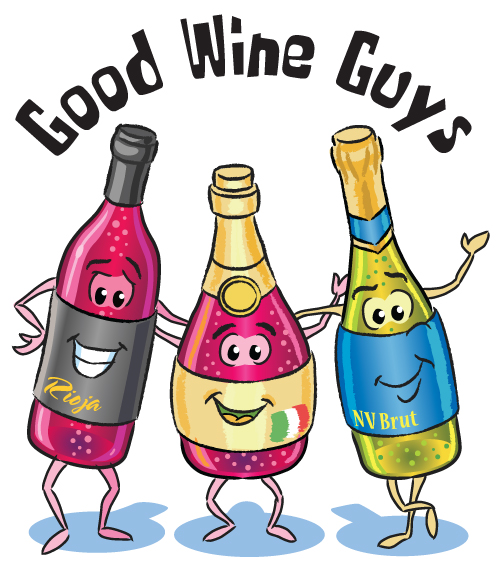Ribera De Duero / Spain
Ribera del Duero
Meaning “the riverbanks of the Duero”, the name is a bit of a tongue twister in both English and Spanish. While Rioja may be the first region people think of for Spanish red wine, Ribera has more than established itself.
Ribera is considered a relative newcomer to the wine world, having received a D.O. a mere short time ago in 1982. It is quite ironic, considering wine making has been in the region at least 1,000 years, more likely ~ 3,000. It could be a case of us catching up to them, rather than Ribera catching up to us.
It is believed there was wine making in this region in some capacity during and before Roman times. The people who inhabited the region were the Vacceans, and believed to be Celtic in origin. Apparently the liked their vino.
Fast forward a bit to the 12th century and the middle ages. As in the case with Rioja, monks and monasteries played a vital role in keeping the wine flowing. Their dedication to agriculture played a crucial role in preserving the region’s winemaking legacy. Miracles aside, water does not turn into wine by itself.
You can guess what happened in the mid 19th century that hindered wine production. The downfall of the Spanish Empire did not help either.
A few bodegas, Vega Sicilia kept the tradition afloat, and they should be applauded for that. In 1982 the establishment of the Ribera del Duero Denominación de Origen (DO) solidified Ribera’s stature.
Ribera wine tends to have a more modern approach. Tempranillo is the king in this region.
Every Day
The entry level price point for Ribera tends to be higher than Rioja
- Protos
- Emilio Moro Finca Resalso
A Little Nicer
- Bodegas Matarromera Crianza
- Vizcarra Senda del Oro
- Pesquera – As classic as they come
Something Special
- Vega Sicilia Reserva – A big reason Ribera is what it is today
- Pingus
- La Fleur de Vivaltus
- Emilio Moro La Felisa
